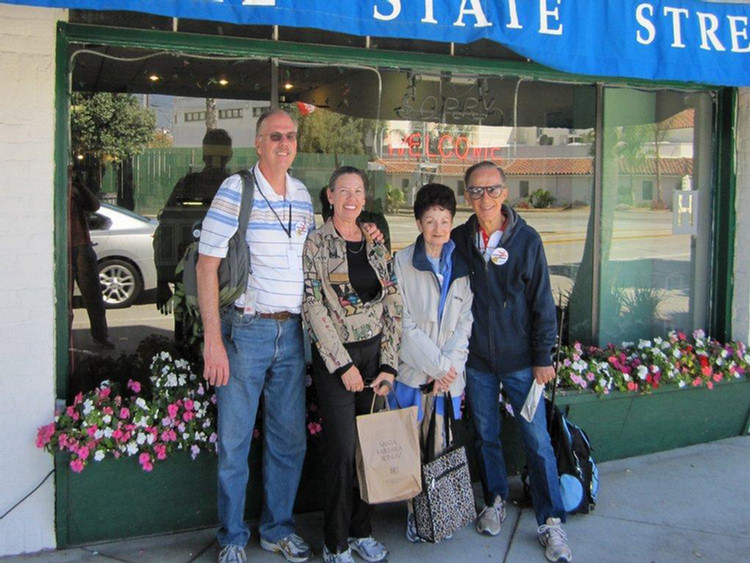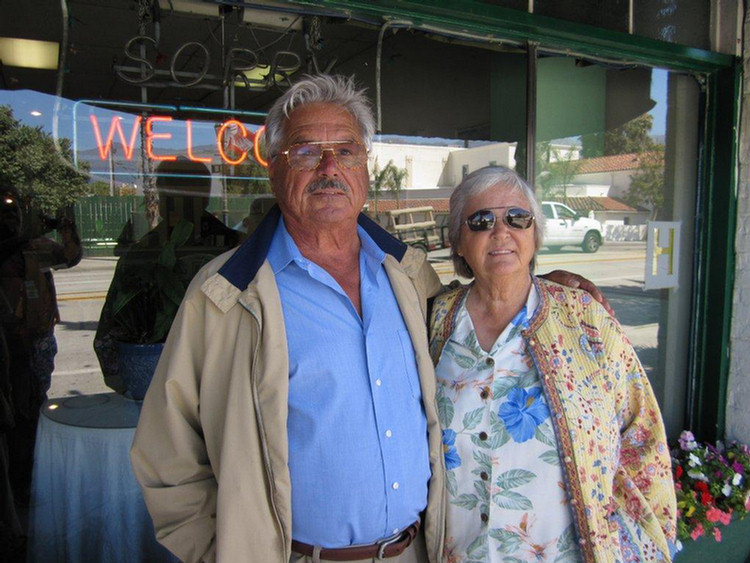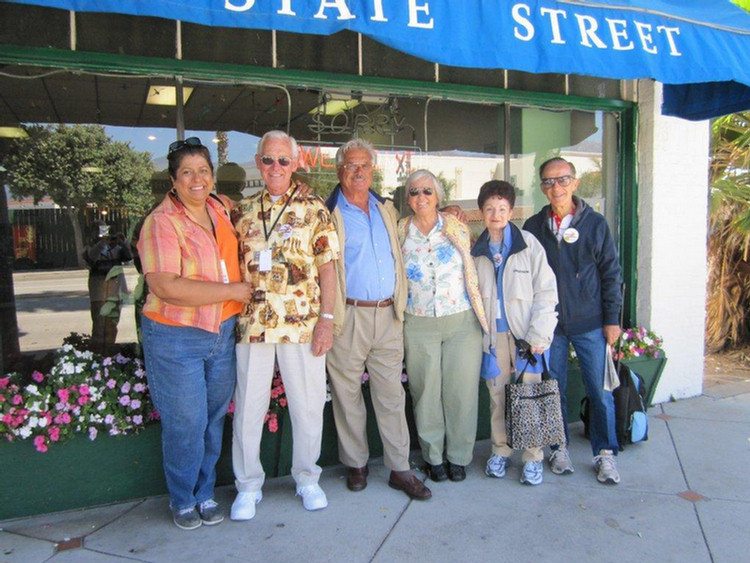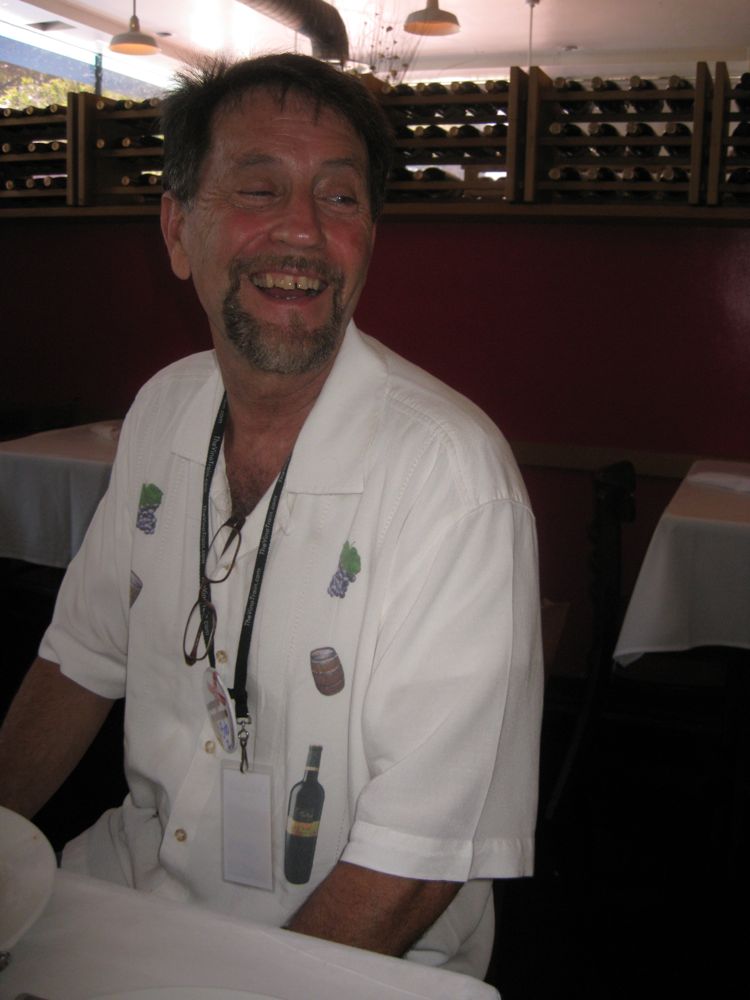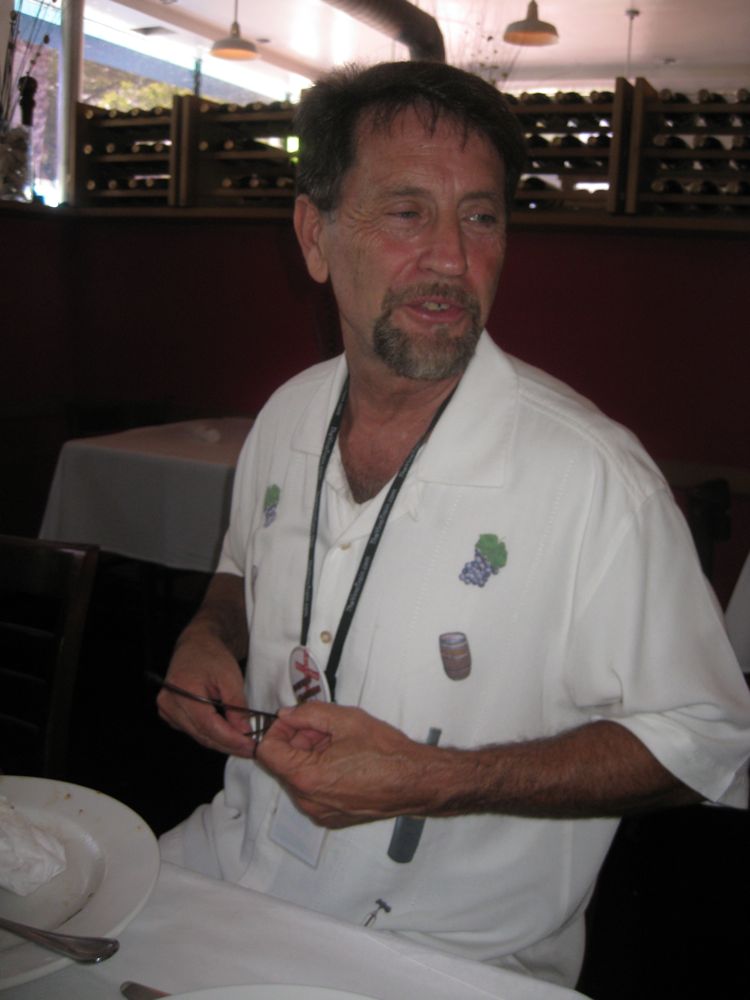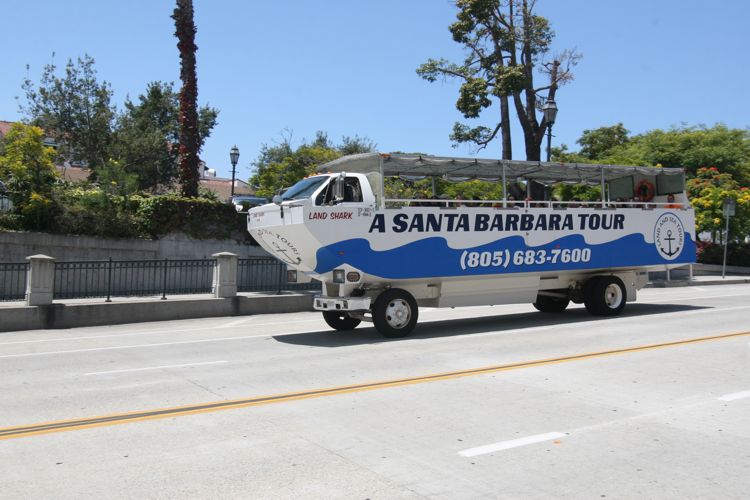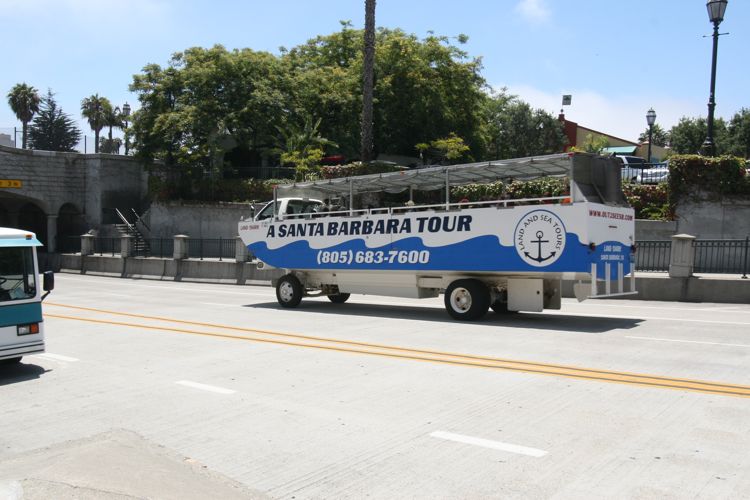Lunch Time: Stop Tasting And Start Drinking! (Page Seven)
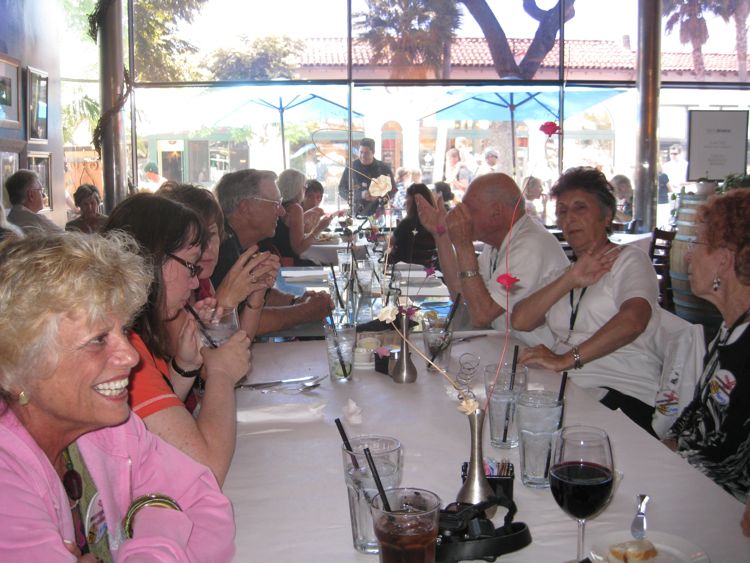
We are preparing for the next three wineries
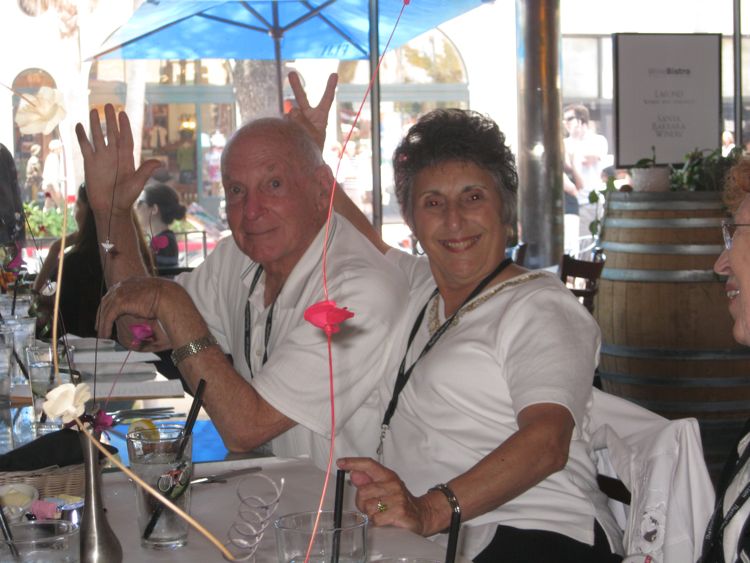
Irene provides Herb an antenna
Did You Know? - An antenna (or aerial) is a transducer that transmits or receives electromagnetic waves. In other words, antennas convert electromagnetic radiation into electrical current, or vice versa. Antennas generally deal in the transmission and reception of radio waves, and are a necessary part of all radio equipment. Antennas are used in systems such as radio and television broadcasting, point-to-point radio communication, wireless LAN, cell phones, radar, and spacecraft communication. Antennas are most commonly employed in air or outer space, but can also be operated under water or even through soil and rock at certain frequencies for short distances.
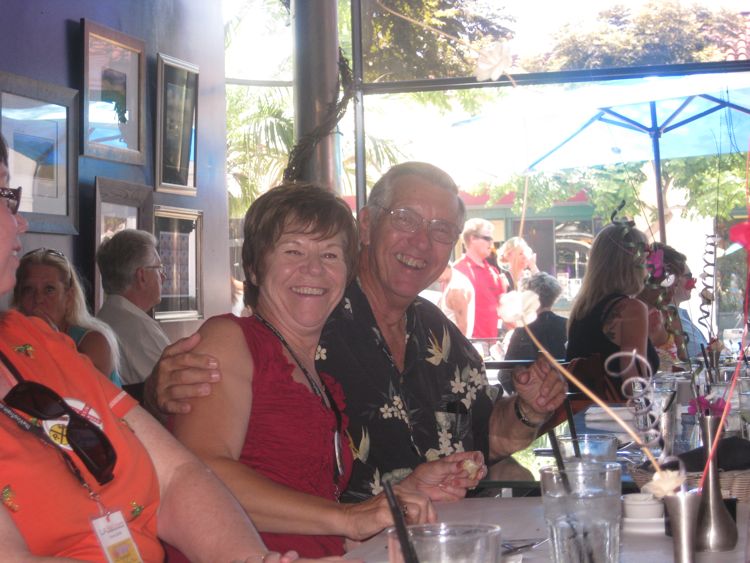
We wove wine tasting...
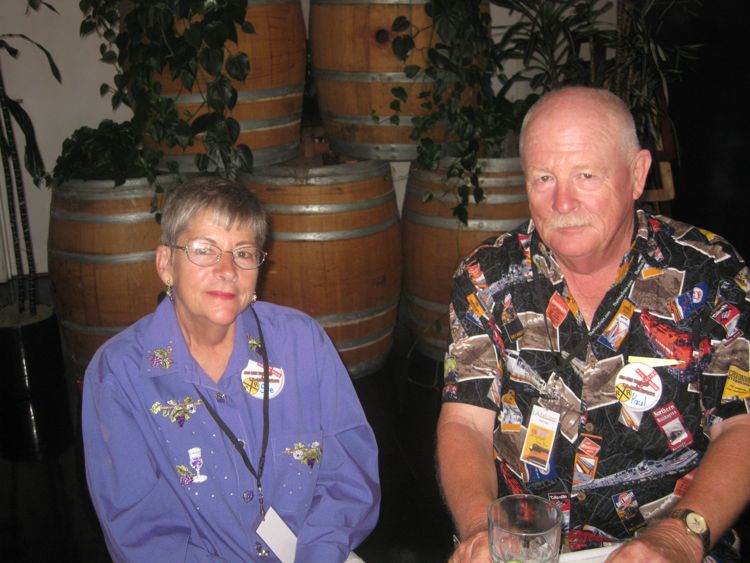
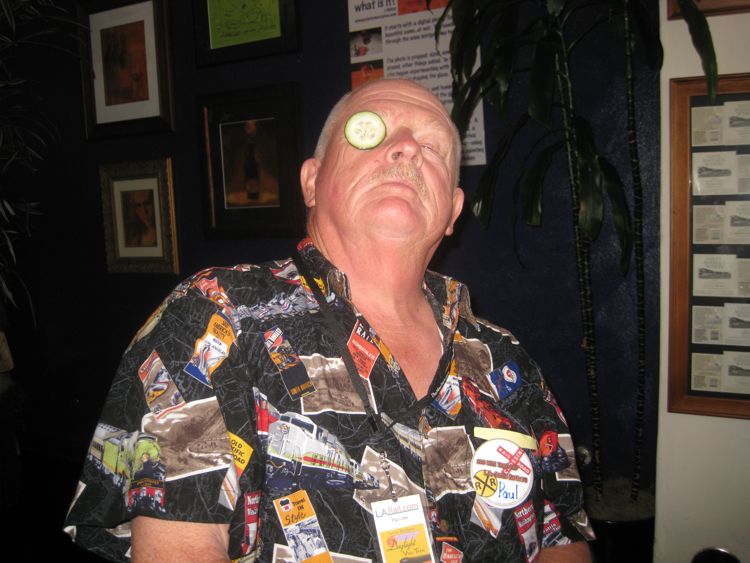
Paul displays the proper wearing of a monacle
Did You Know? - A monocle is a type of corrective lens used to correct the vision in only one eye. It consists of a circular lens, generally with a wire ring around the circumference that can be attached to a string. The other end of the string is then connected to the wearer's clothing to avoid losing the monocle. The connoisseur of antiquities Philipp von Stosch wore a monocle in Rome in the 1720s, in order to closely examine engravings and antique engraved gems, but the monocle did not become an article of gentlemen's apparel until the nineteenth century. It was introduced by the dandy's quizzing glass of the 1790s, as a sense of high fashion. ~Wikipedia
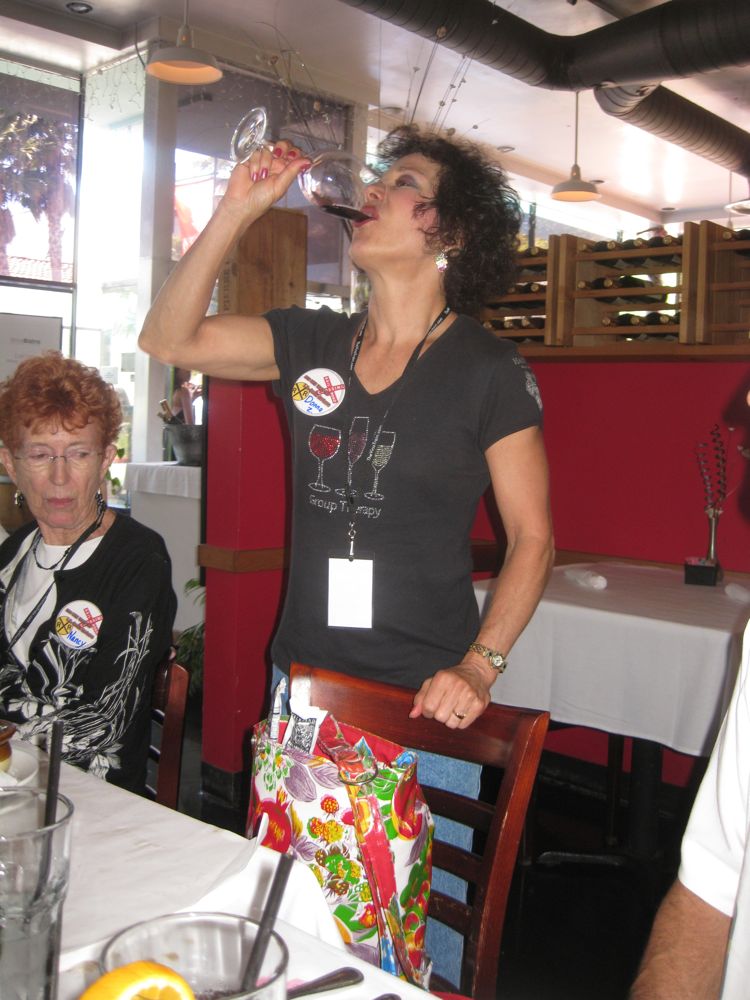
Slurp, gurgle, belch!
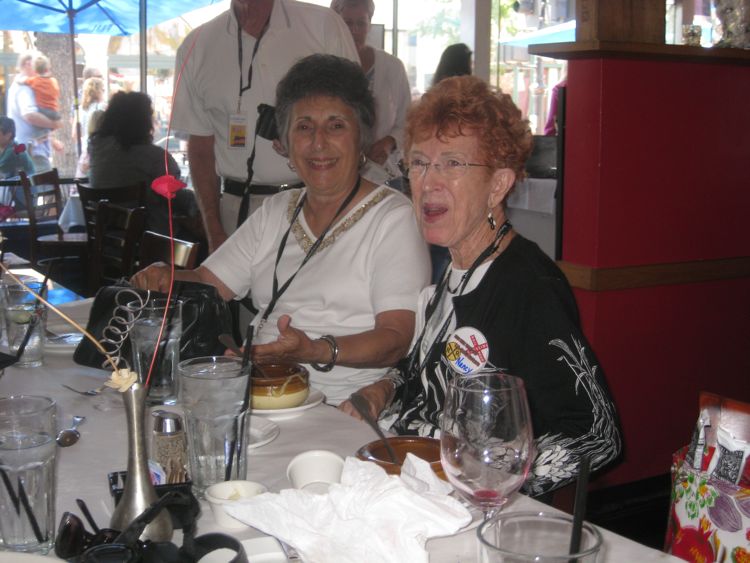
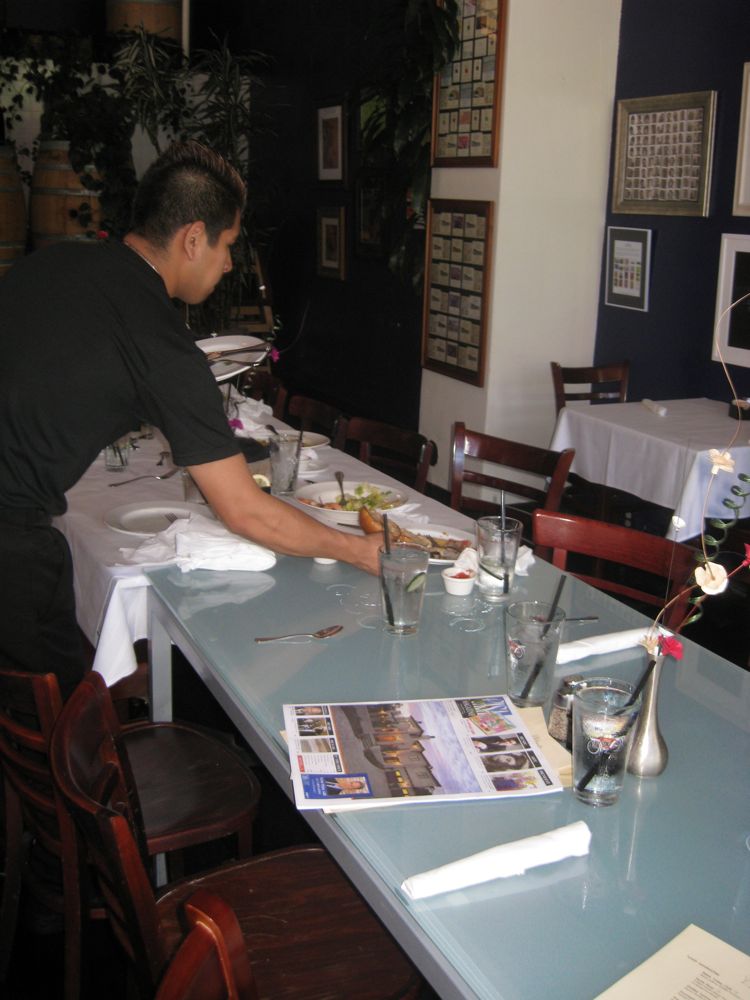
We Head West To The Next Winery
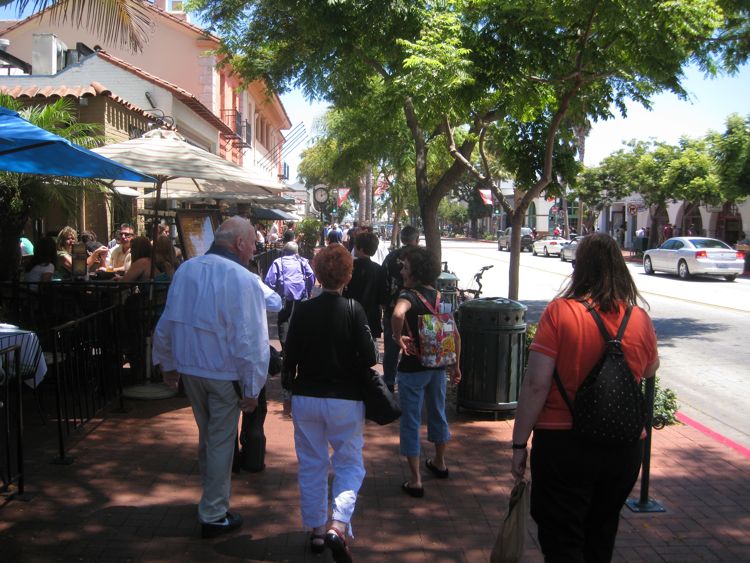
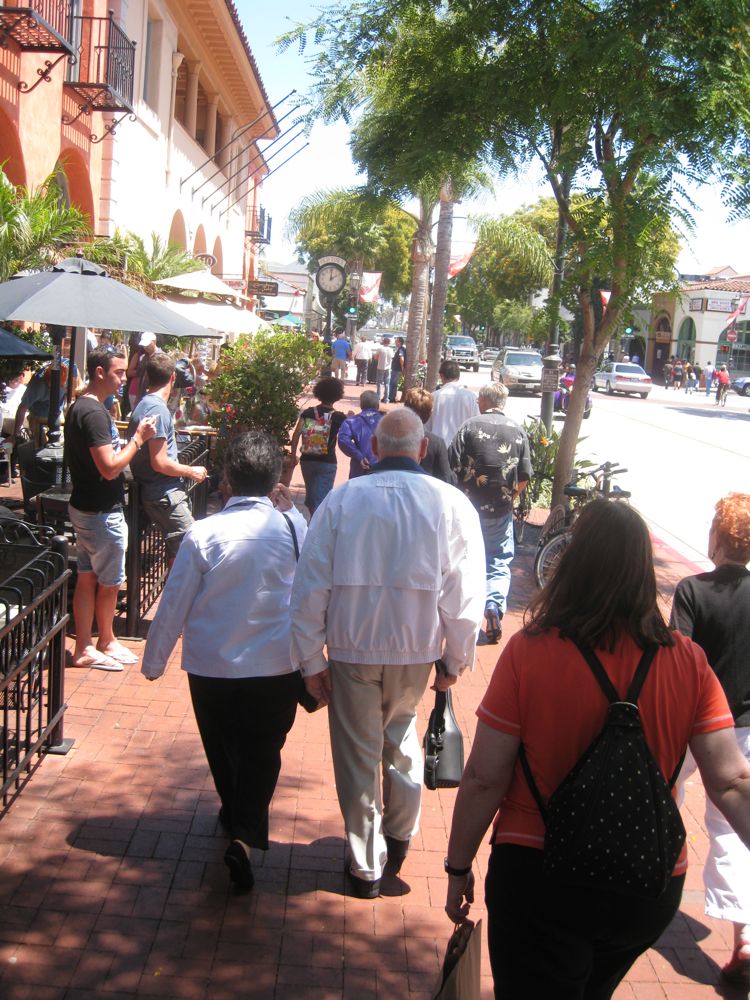
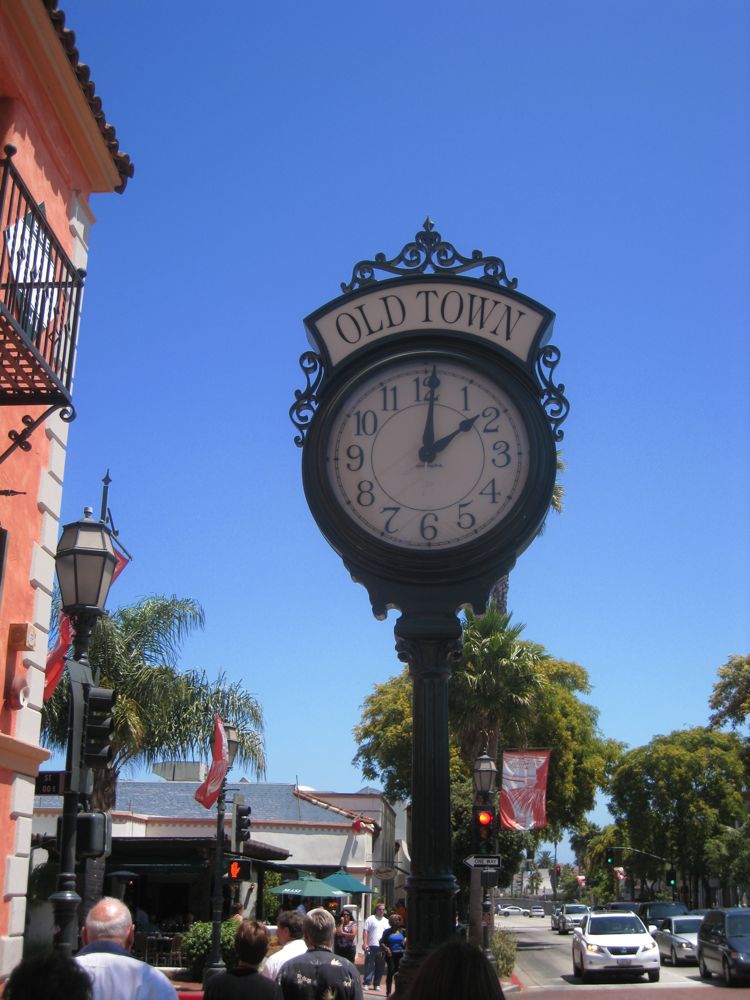
What time is it???
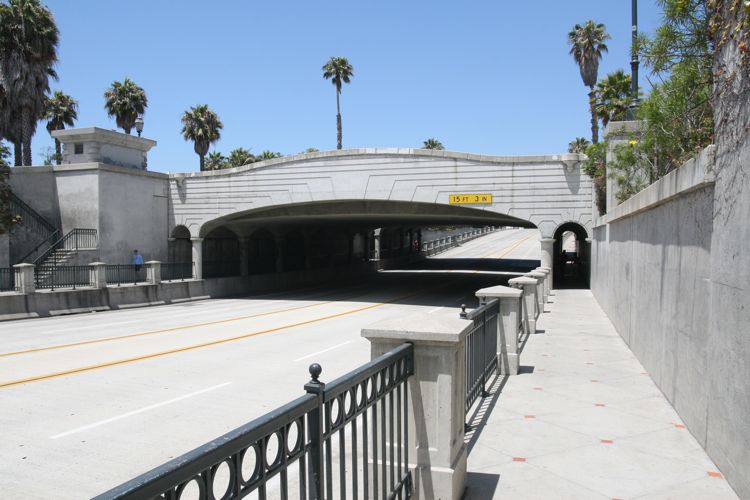
We had to go under the bridge
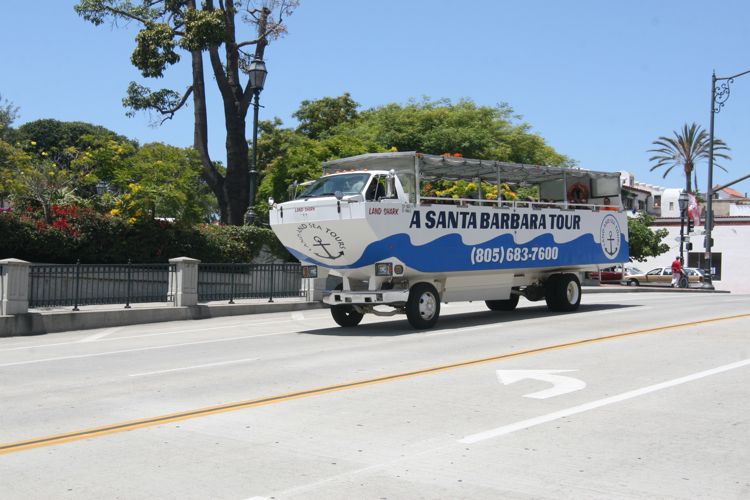
Did You Know? - Some of the earliest known amphibious vehicles were amphibious carriages, the invention of which is credited to the notorious Neapolitan Prince Raimondo di Sangro of Sansevero (ca. 1750) or Sir Samuel Bentham (1781).
The first known self-propelled amphibious vehicle, a steam-powered wheeled dredging barge, named the Orukter Amphibolos, was conceived and built by United States inventor Oliver Evans in 1805, although it is disputed to have successfully travelled over land or water under its own steam.
A US DUK-W amphibious assault vehicle converted for tourist use in London.
Although it is unclear who (and where and when) built the first combustion-engined amphibian, in all likelihood the development of powered amphibious vehicles didn't start until 1899. Until the late 1920s the efforts to unify a boat and an automobile mostly came down to simply putting wheels and axles on a boat hull, or getting a rolling chassis to float by blending a boat-like hull with the car's frame (Pohl, 1998). One of the first reasonably well documented cases was the 1905 amphibious petrol-powered carriage of T.

So we took our skates off!
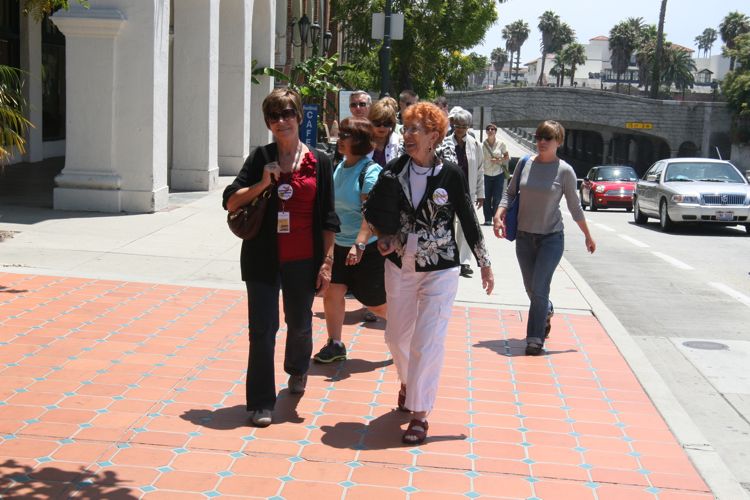
1-2-3-4 1-2-3-4
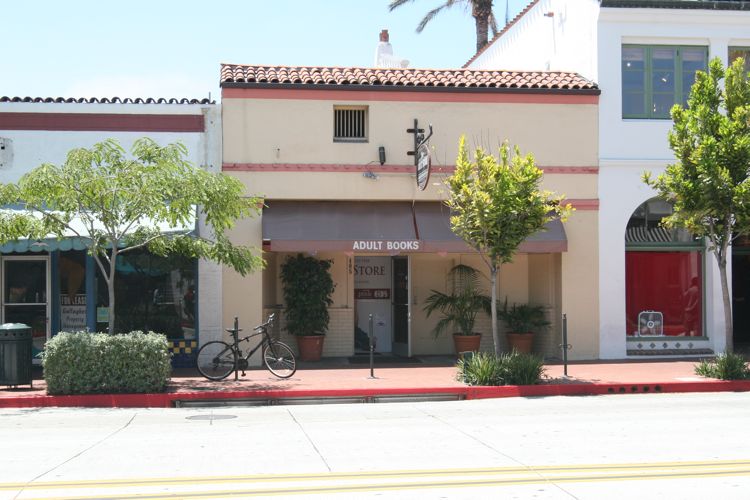
We decided NOT to go shopping for books
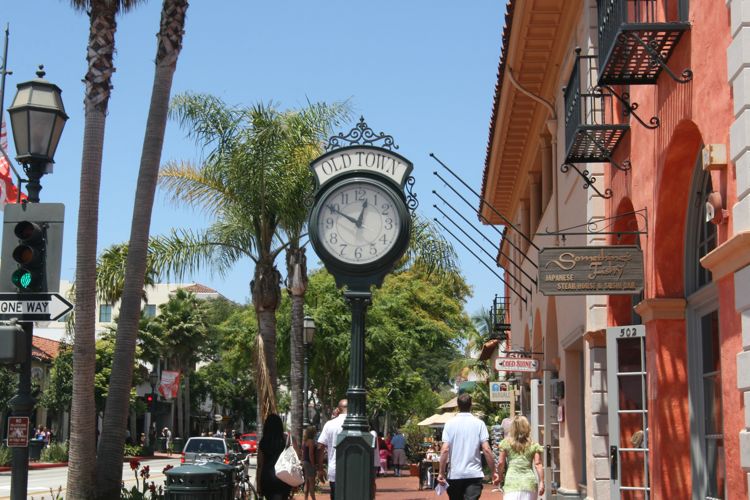
We are almost there...
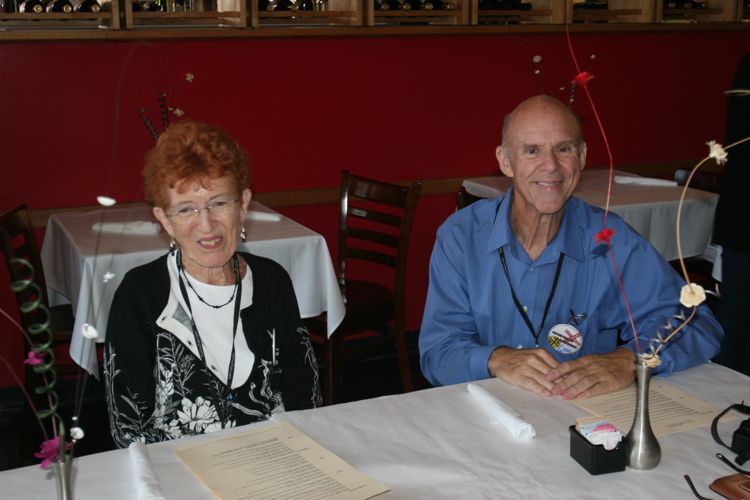
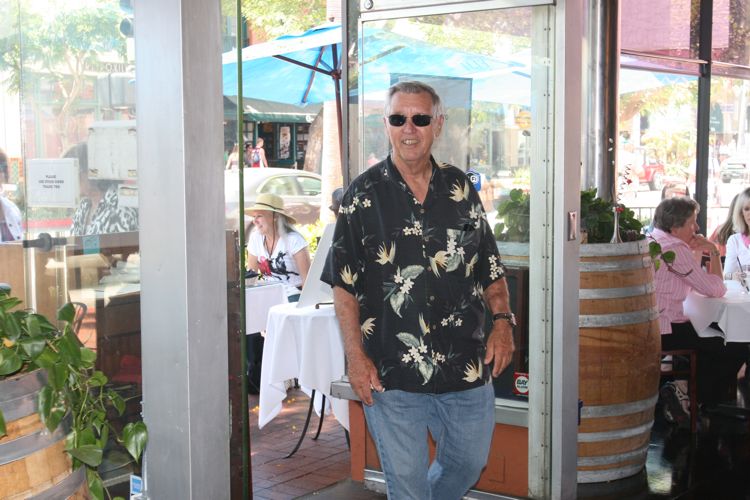
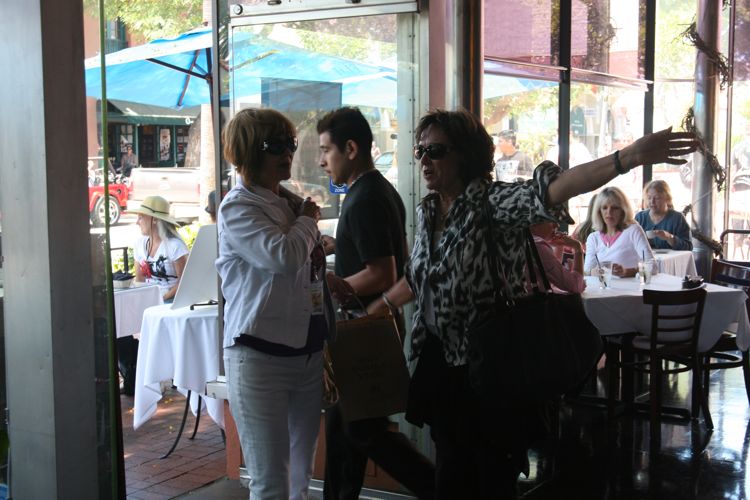
What! No Italian food???
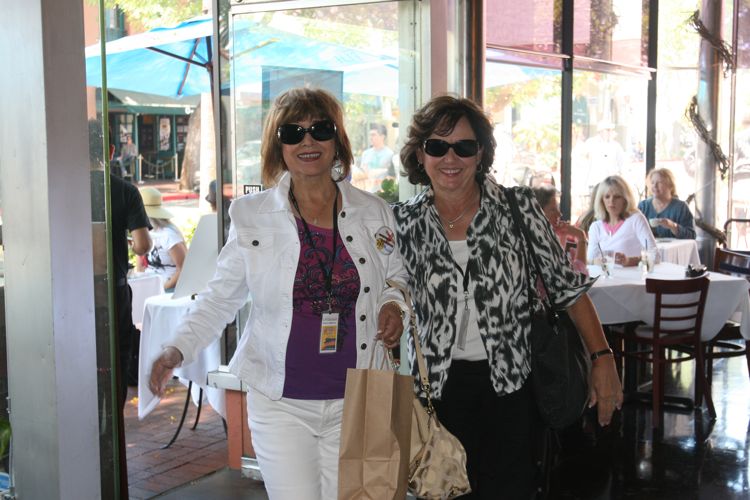
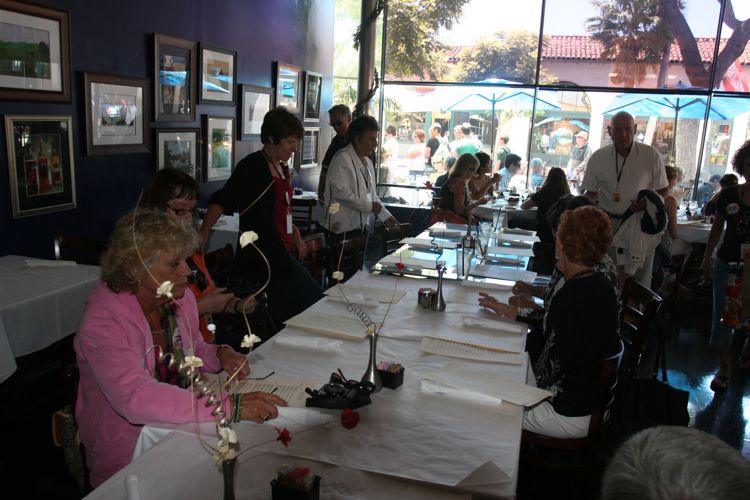
We stayed and had a great lunch
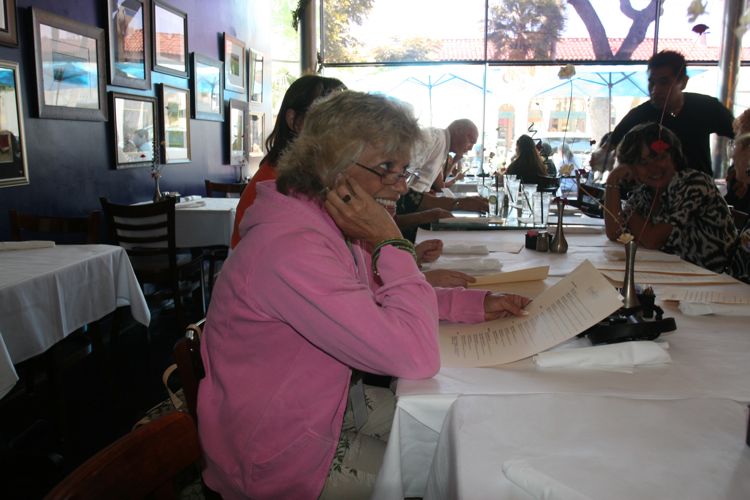
Interesting menu
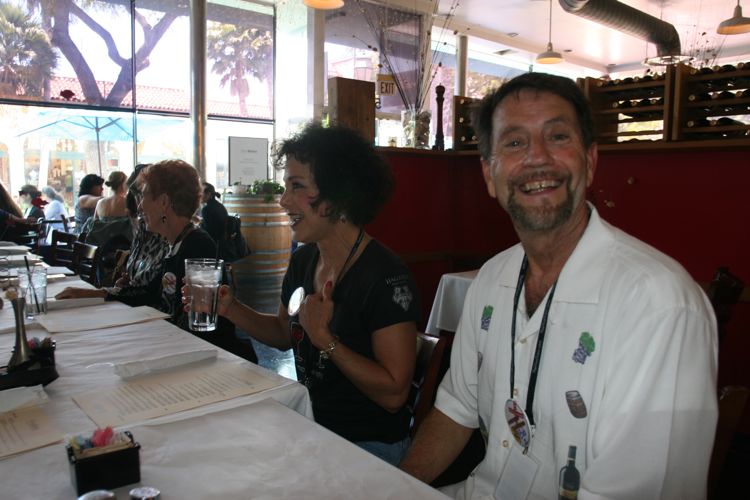
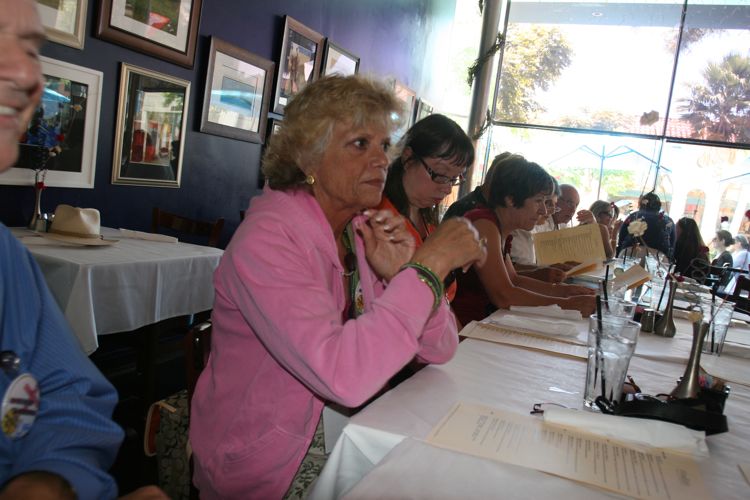
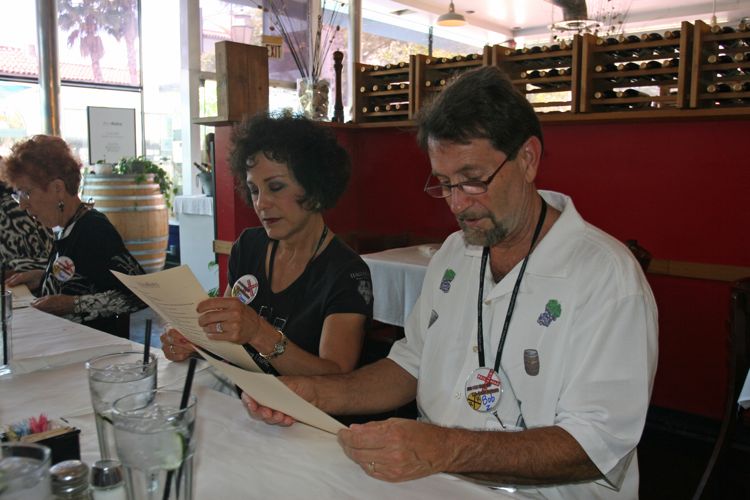
"I'll take one of each"
Did You Know? - The first restaurant menus arose roughly one millennium ago, during the Song Dynasty in China - the only region of the world at the time where paper was abundant. At this time, many merchants often congregated together in city centers and had little time or energy to eat during the evening. Because of the large variation found in Chinese cuisine from different regions, the restaurants could no longer cater to the local palates, giving rise to the menu.
The word "menu," like much of the terminology of cuisine, is French in origin. It ultimately derives from Latin "minutus," something made small; in French it came to be applied to a detailed list or résumé of any kind. The original menus that offered consumers choices were prepared on a small chalkboard, in French a carte; so foods chosen from a bill of fare are described as "à la carte," "according to the board."
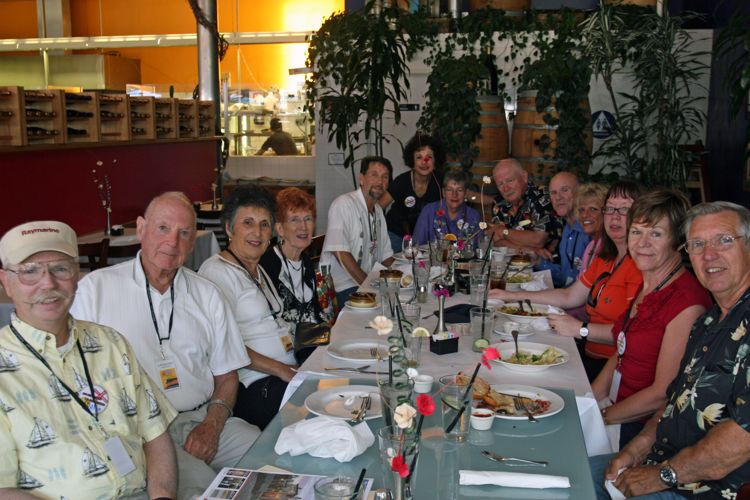
Smile!
The Teetotaler's Went For Ice Cream And Sea Food!
Did You Know? - Teetotalism (sometimes tee-totalism) refers to either the practice of or the promotion of complete abstinence from alcoholic beverages. A person who practices (and possibly advocates) teetotalism is called a teetotaler or teetotaller (plural teetotalers or teetotallers) or is simply said to be teetotal.
One anecdote attributes the origin of the word to a meeting of the Preston Temperance Society in 1832 or 1833. This society was founded by Joseph Livesey, who was to become a leader of the temperance movement and the author of The Pledge: "We agree to abstain from all liquors of an intoxicating quality whether ale, porter, wine or ardent spirits, except as medicine." The story attributes the word to Dicky Turner, a member of the society, who had a stammer, and in a speech said that nothing would do but "tee-tee-total abstinence".
An alternate explanation is that teetotal is simply a reduplication of the 'T' in total (T-total). It is said that as early as 1827 in some Temperance Societies signing a 'T' after one's name signified one's pledge for total abstinence. In England in the 1830s, when the word first entered the lexicon, it was also used in other contexts as an emphasized form of total. In this context, the word is still used, predominantly in the southern United States.
-
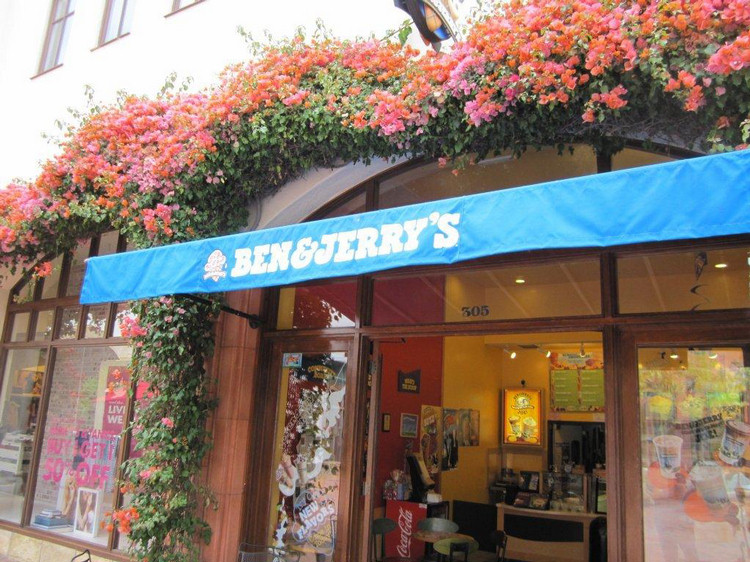
Nice to be over 21, you can have dessert first
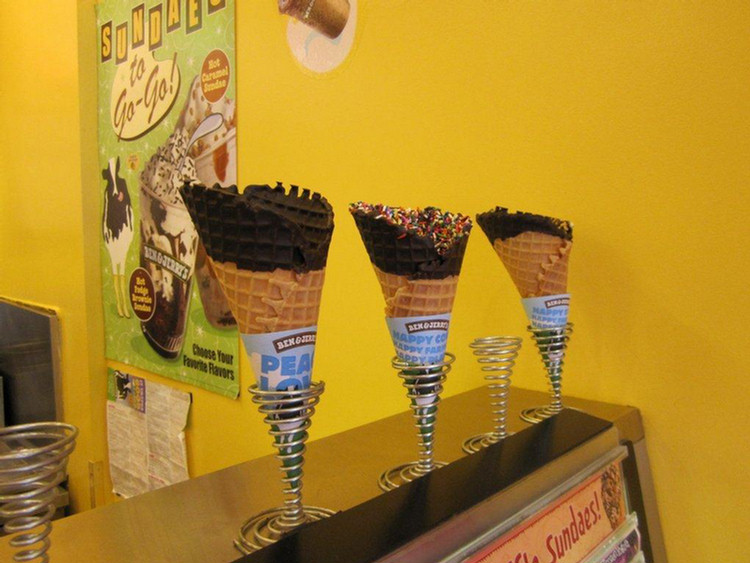
Decisions decisions
Did You Know? - An ice cream cone, poke or cornet is a dry, cone-shaped pastry, usually made of a wafer similar in texture to a waffle, allowing ice cream to be eaten without a bowl or spoon. Various types of ice-cream cones include waffle cones, cake cones (or wafer cones), pretzel cones, and sugar cones.
Edible cones have been mentioned in French cooking books as early as 1825, Julien Archambault describes a cone where one can roll "little waffles". Another printed reference to an edible cone is in Mrs A. B. Marshall’s Cookery Book, written in 1888 by Agnes B. Marshall (1855–1905) of England. Her recipe for "Cornet with Cream" says that - "the cornets were made with almonds and baked in the oven, not pressed between irons". influential innovator who published two recipe books and ran a school of cookery.
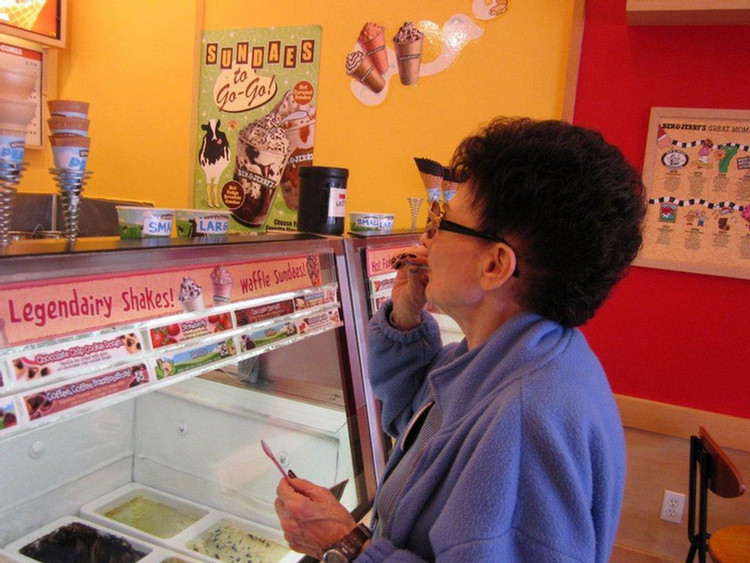
"I'll take a chocolate quadripple scoop!"
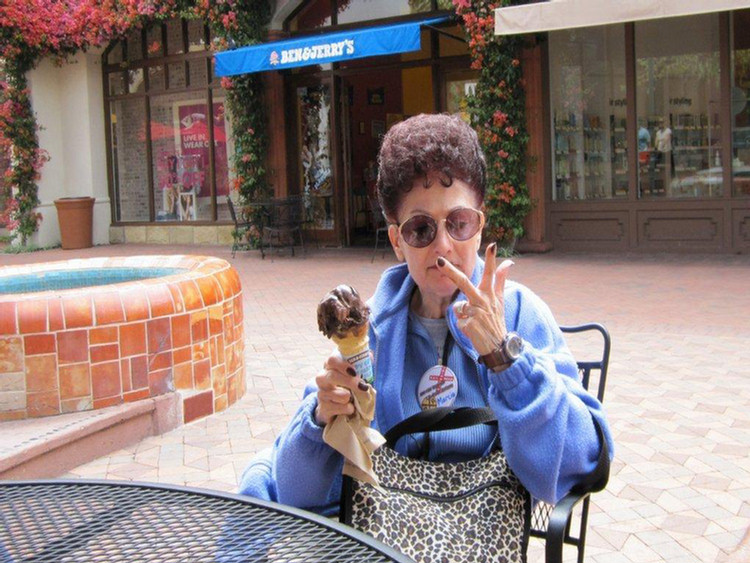
"Geez... How many fingers do I have?"
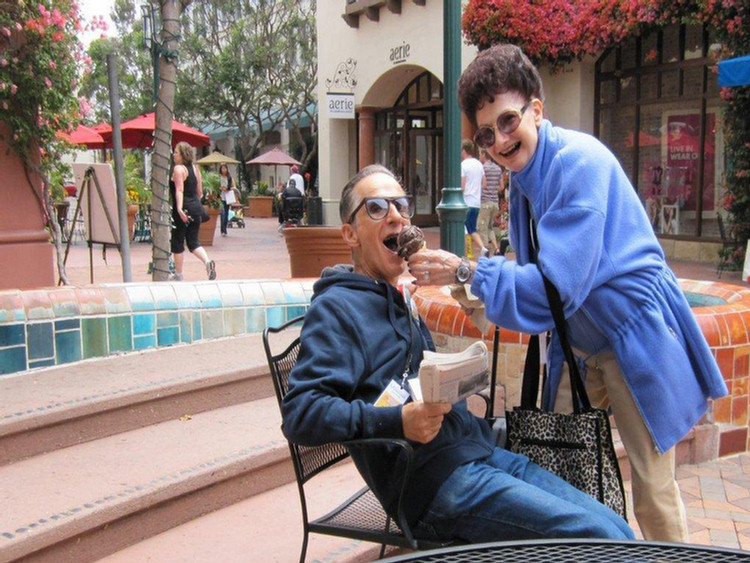
Leon gets his daily calories
Did You Know? - In the United States, ice-cream cones were popularized in the first decade of the 20th century. On December 13, 1903, a New Yorker named Italo Marchiony received U.S. patent No. 746971 for a mold for making pastry cups to hold ice cream; he claimed that he has been selling ice cream in edible pastry holders since 1896. Contrary to popular belief, his patent was not for a cone and he lost the lawsuits that he filed against cone manufacturers for patent infringement.
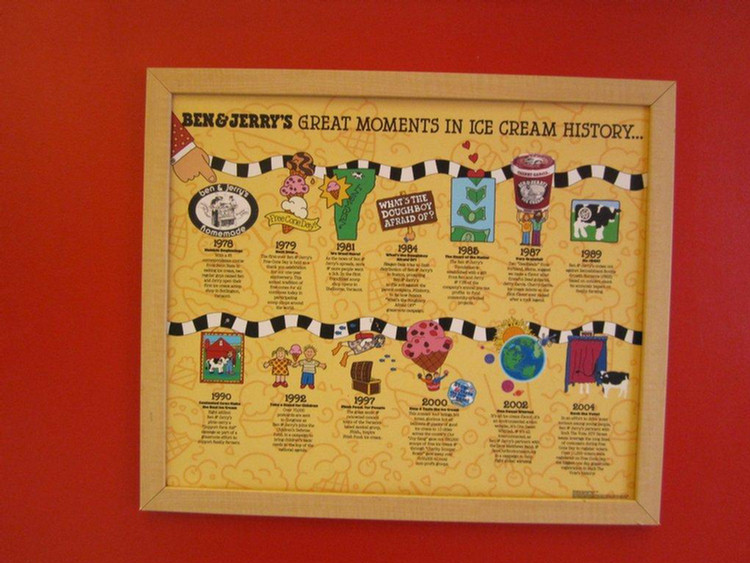
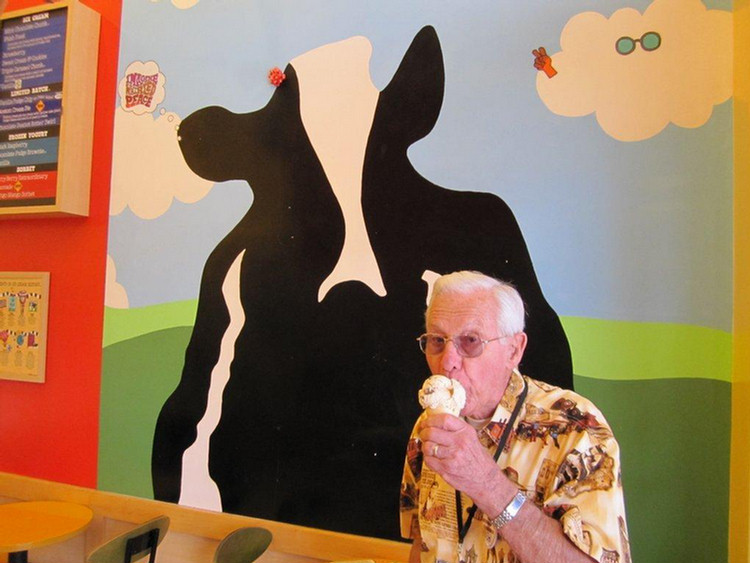
Slrup!
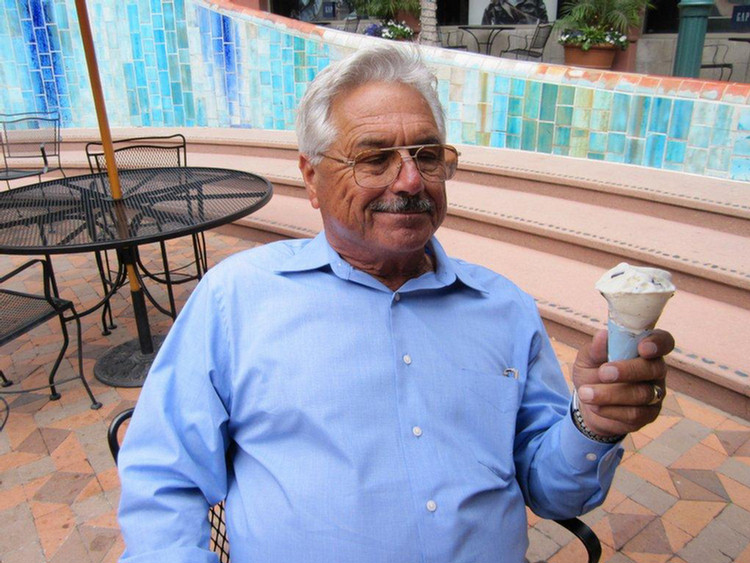
Jim... A professional ice-cream-ologist
Did You Know? - The Persians drank syrups cooled with snow called (“fruit ice” in Arabic, thus the derivation of sherbet, sorbet and sorbetto). In 400 BC, Persians invented a special chilled pudding-like dish, made of rose water and vermicelli which was served to royalty during summers. The ice was mixed with saffron, fruits, and various other flavours.
The treat, widely made in Iran today, is called "faloodeh", and is made from starch (usually wheat), spun in a sieve-like machine which produces threads or drops of the batter, which are boiled in water. The mix is then frozen, and mixed with rose water and lemons, before serving. Ancient Persians mastered the technique of storing ice inside giant naturally-cooled refrigerators known as yakhchals. These structures kept ice brought in from the winter, or from nearby mountains, well into the summer. They worked by using tall windcatchers that kept the sub-level storage space at frigid temperatures.
Ancient civilizations have served ice for cold foods for thousands of years. The BBC reports that a frozen mixture of milk and rice was used in China around 200 BC, and in 618-97 AD, King Tang of Shang had 94 men who made a frozen dish of buffalo milk, flour, and camphor. The Roman Emperor Nero (37–68) had ice brought from the mountains and combined with fruit toppings. These were some early chilled delicacies.
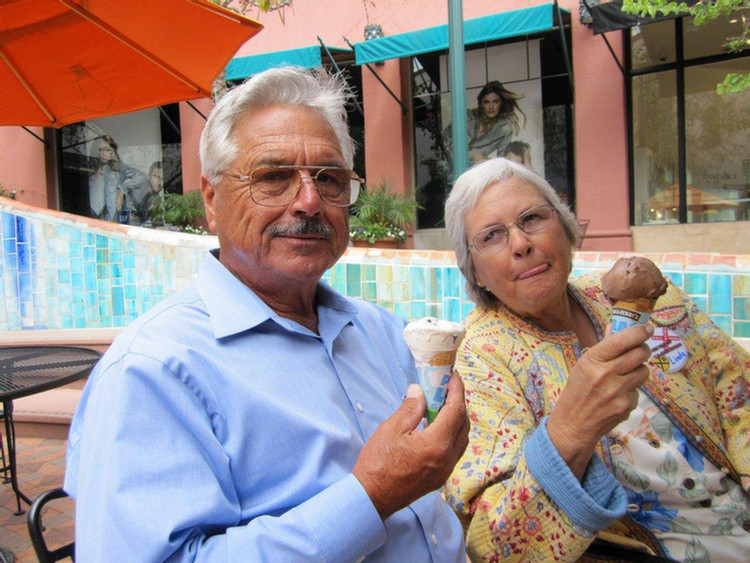
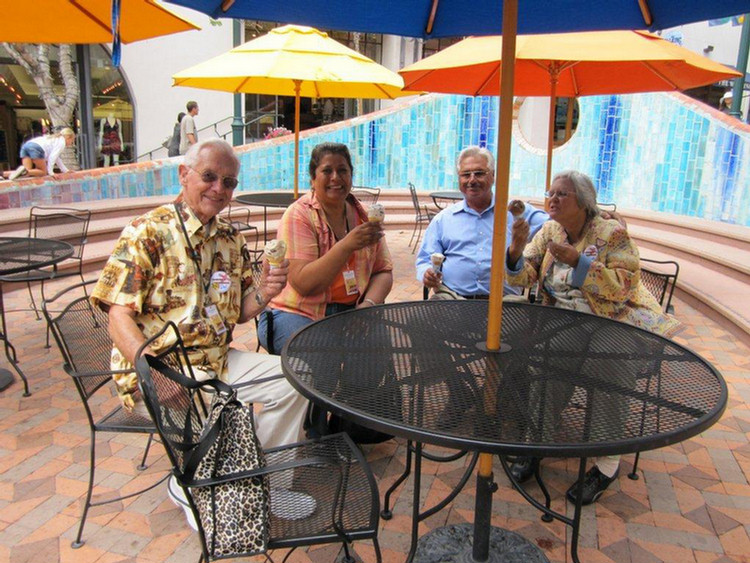
Watch the ice-cream disappear
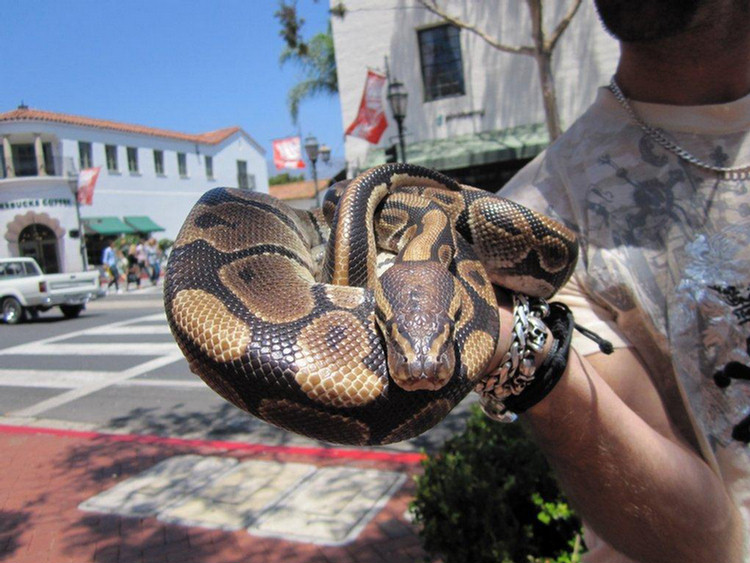
Snake flavored ice-cream???
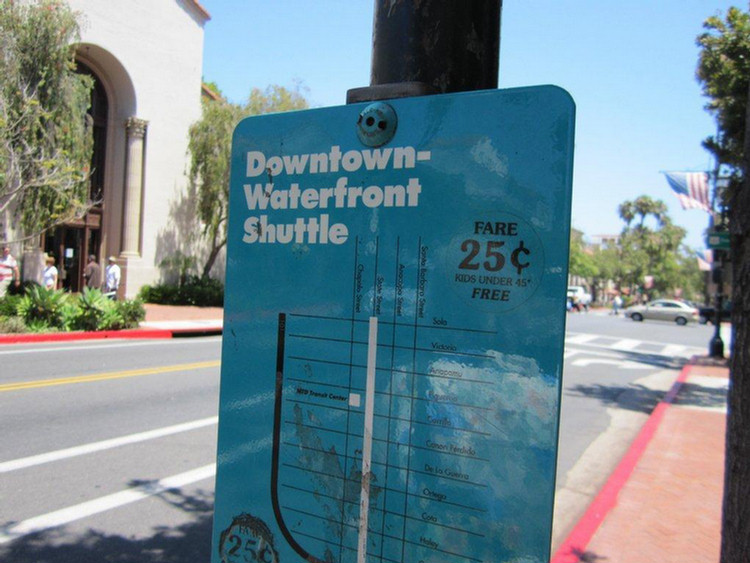
The shuttle was a deal

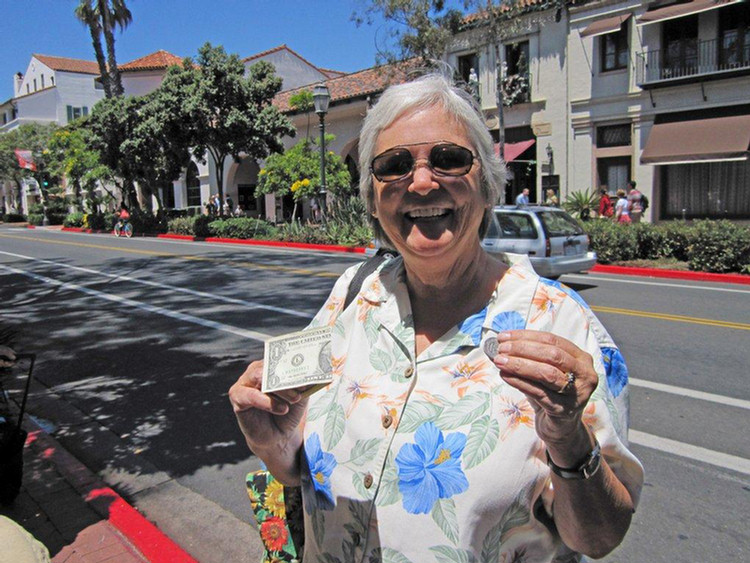
"I'm rich"
Did You Know? - Downtown-Waterfront Electric Shuttle (805) 963-3366 - The Downtown-Waterfront Shuttles provide frequent service along State Street and the Waterfront area. Shuttle buses and bus stops are marked with blue and black sailboat symbols and the shuttles travel on State Street from Sola Street to Stearns Wharf and along Cabrillo Boulevard. The shuttle fare is 25 cents one-way and children under 5 ride free. State Street service includes a stop every block and runs daily every 10 minutes between 10:15 a.m. and 6 p.m. For more information, visit their website .
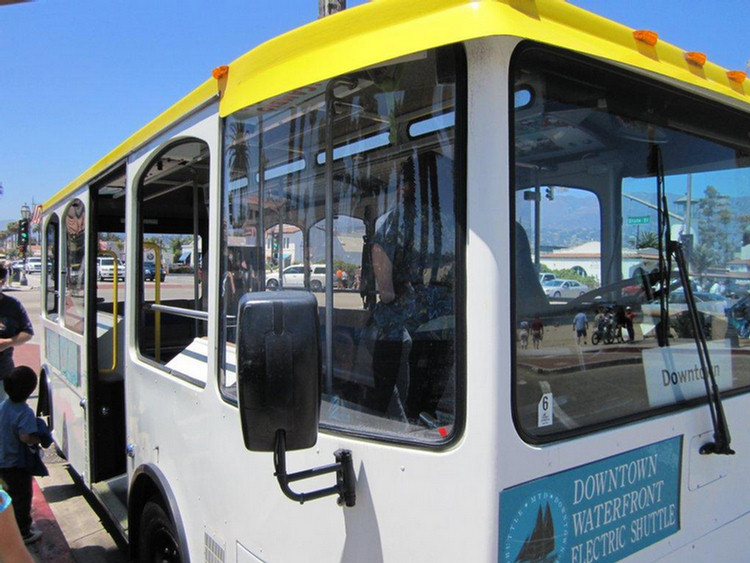
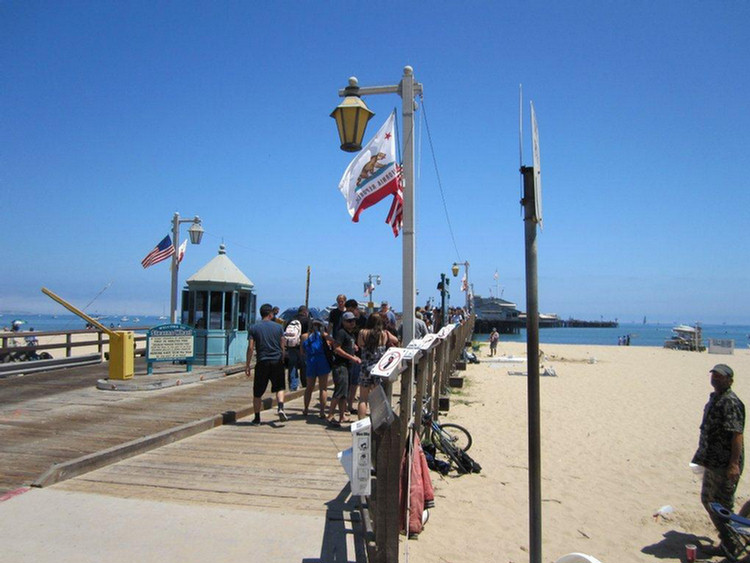
To the warf for lunch
Did You Know? - Stearns Wharf is a pier in the harbor at Santa Barbara, California, USA. When completed In 1872, it became the longest deep-water pier between Los Angeles and San Francisco. Named for its builder, local lumberman John P. Stearns, the wharf served the passenger and freight shipping needs of California's South Coast for over a quarter century.
When the railroad finally reached Santa Barbara in 1877, Stearns added an additional spur to the wharf, providing a necessary transport link to his lumberyard and the nearby Southern Pacific Depot. The spur was damaged by severe storms in the early 1900s and was finally abandoned in 1923.
The Harbor Restaurant was built on the wharf in 1941, marking an end to the shipping and transportation era of the 1800s. The restaurant proved to be the economic backbone of the wharf.

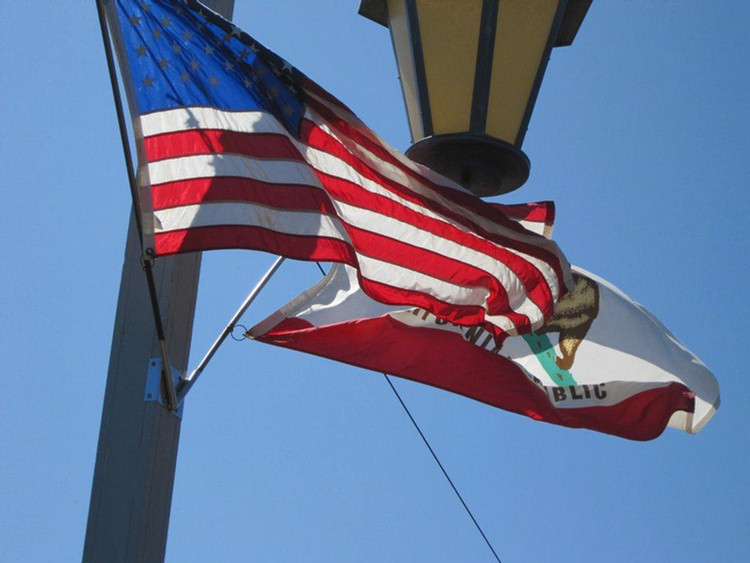
God Bless America
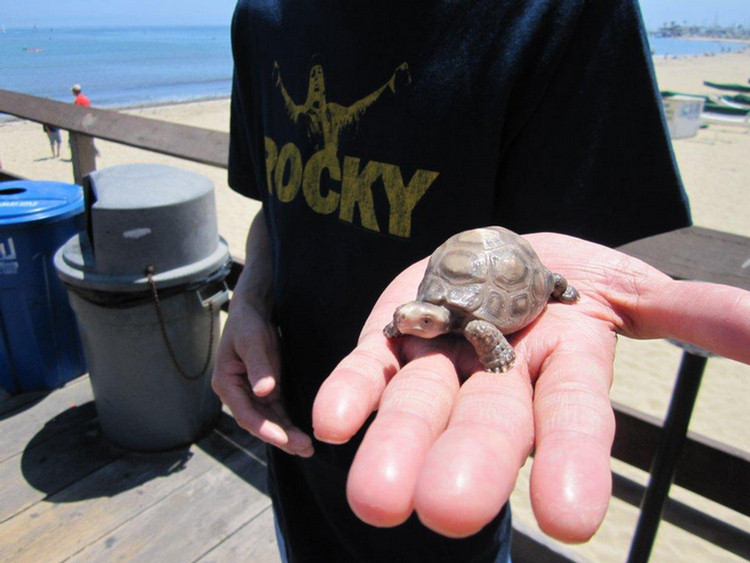
"No! You may not have turtle soup!"

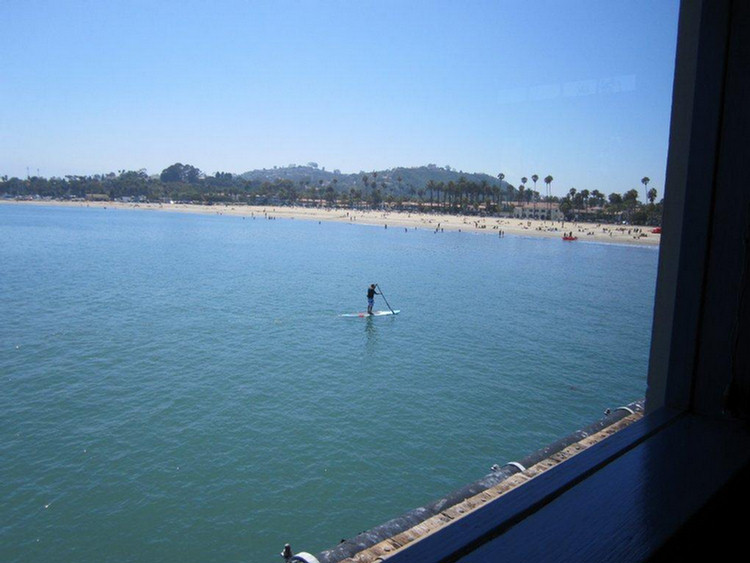
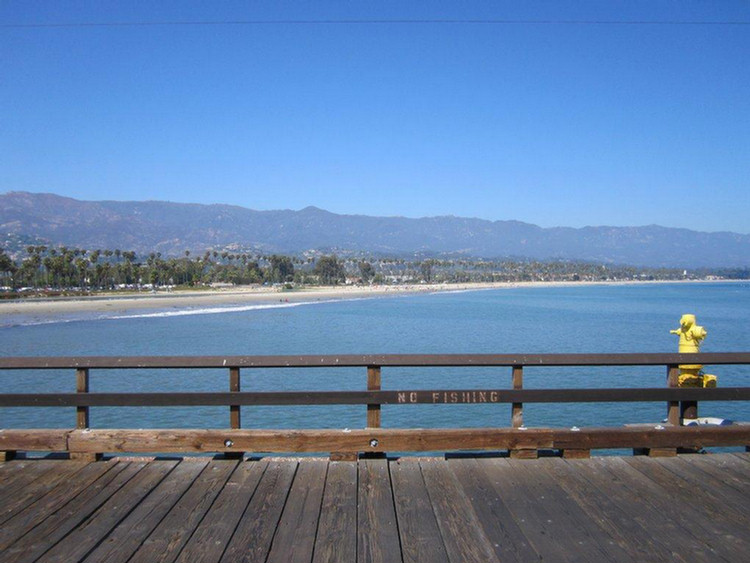
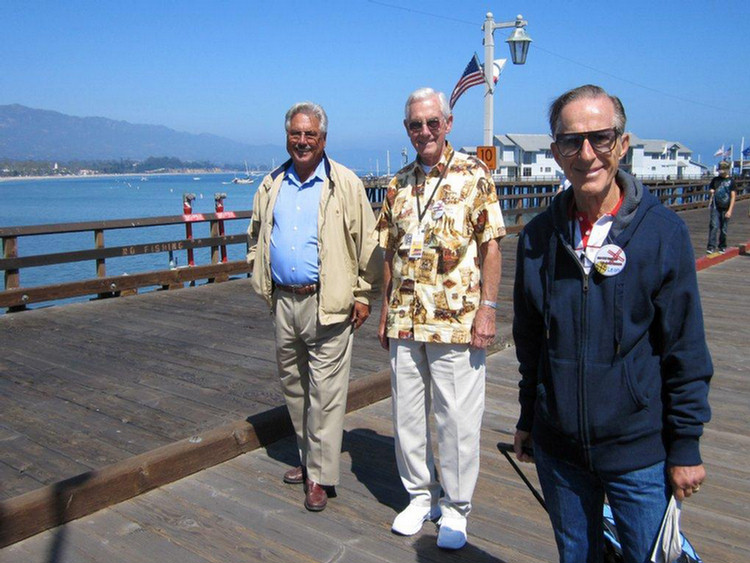
The boys
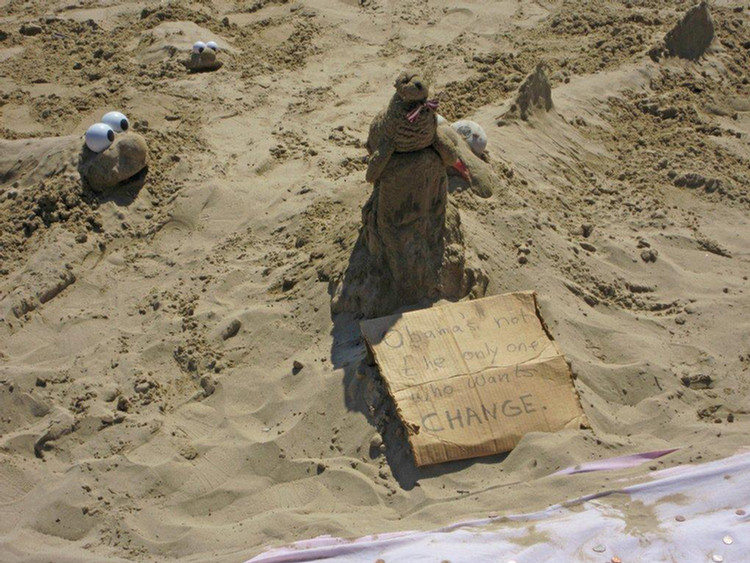
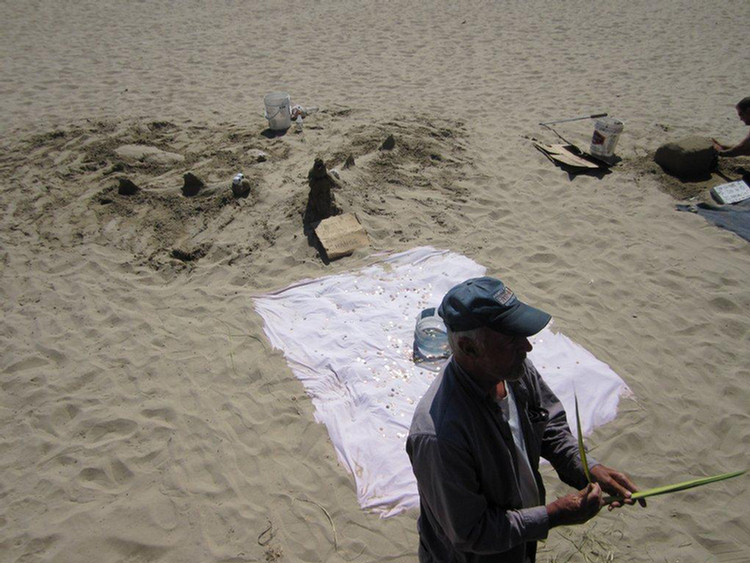
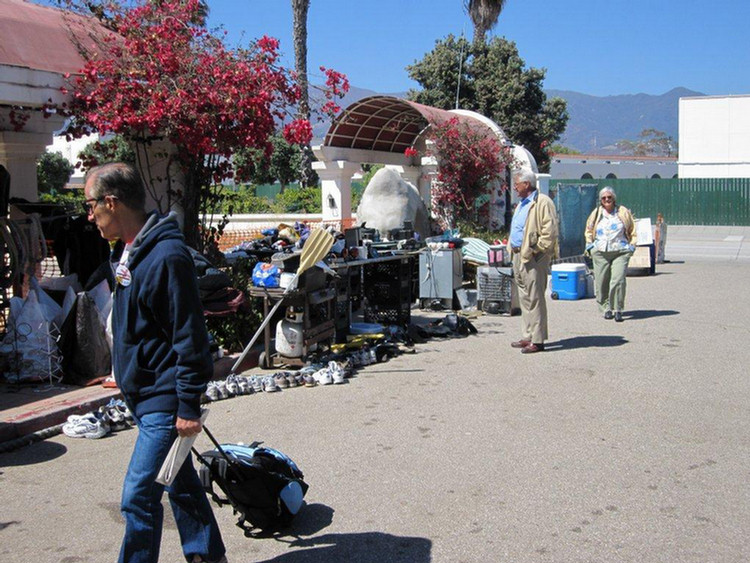
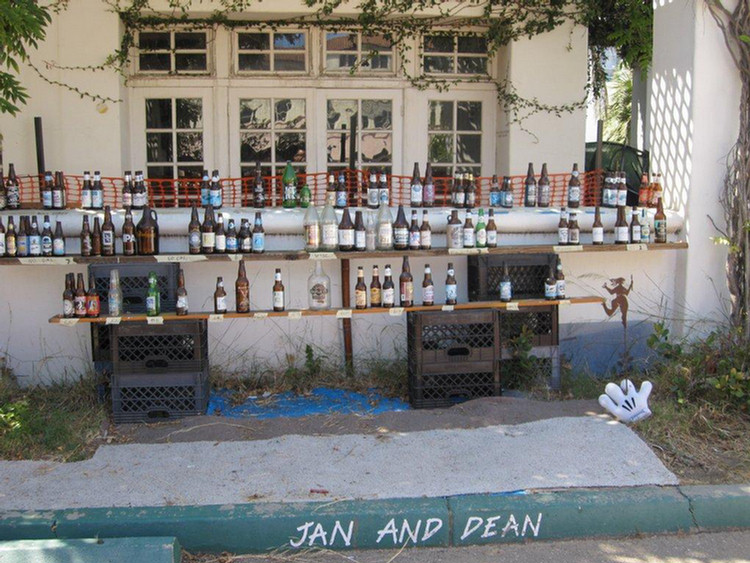
Wine tasting for the teetoatler's
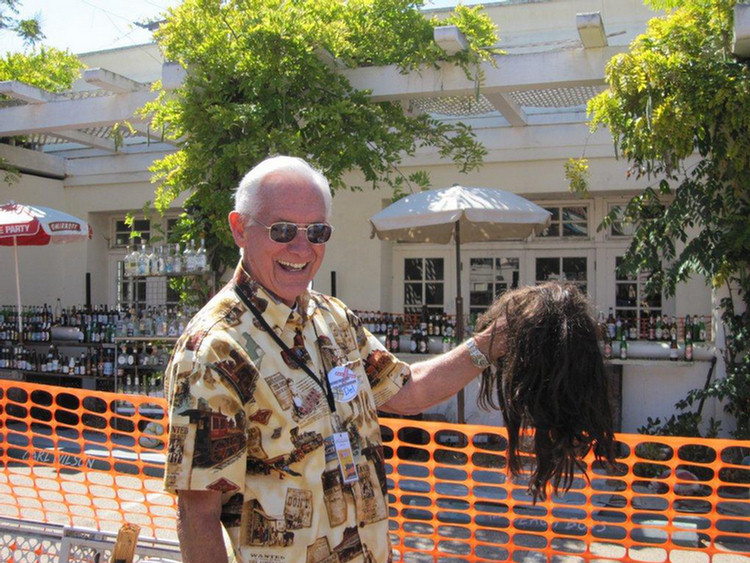
Where is Vicky????
